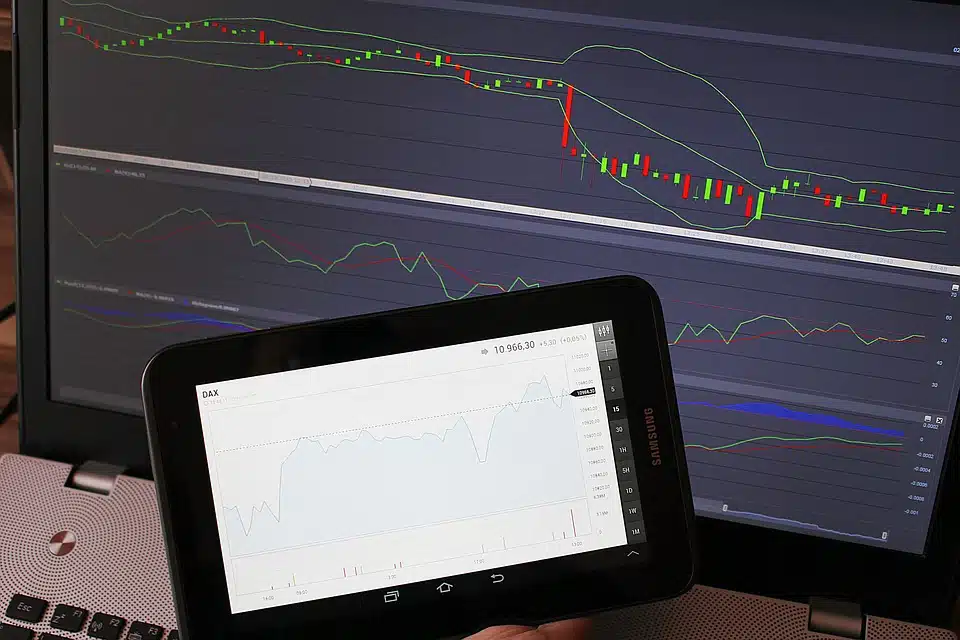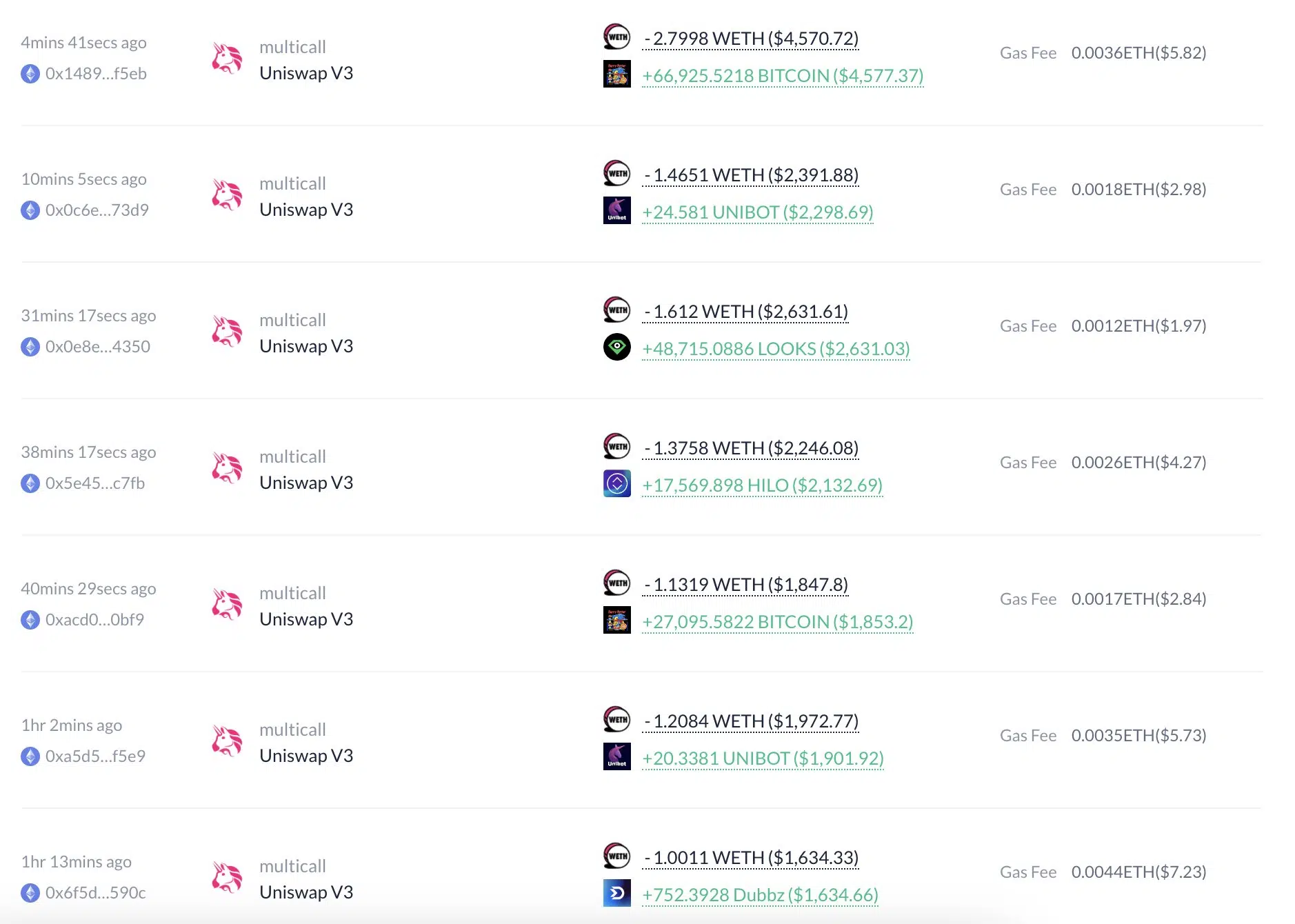Harness the Power of Technical Analysis to Maximize Your Forex Trading Profits
Forex trading is the exchange of one currency for another in the hopes of making a profit. The foreign exchange market is the largest, most liquid market in the world, with an average daily trading volume in excess of $5 trillion. As such, it is an attractive option for traders looking to capitalize on short-term price movements. However, in order to maximize profits and minimize losses, traders need to have a good understanding of the fundamentals of technical analysis.
What is Technical Analysis?
Technical analysis is a method of evaluating securities by analyzing price and volume data. It is used to identify trends and predict future price movements. The main goal of technical analysis is to identify trading opportunities by analyzing past price movements and volume data.
Technical analysis is based on the assumption that price movements are not random, but instead follow certain patterns. By analyzing these patterns, traders can identify trading opportunities and make informed decisions about when to enter and exit the market.
Benefits of Technical Analysis
Technical analysis offers a number of benefits to traders. By using technical analysis, traders can:
- Identify and capitalize on trading opportunities
- Make more informed decisions about when to enter and exit the market
- Reduce risk by setting stop-loss and take-profit levels
- Make more accurate predictions about future price movements
- Analyze price movements over different timeframes
Technical Indicators
Technical indicators are mathematical calculations used to analyze price and volume data. These indicators are used to identify trends, support and resistance levels, and other patterns that can be used to make trading decisions.
Some of the most popular technical indicators used in forex trading include Moving Averages, Relative Strength Index (RSI), Stochastic Oscillator, Bollinger Bands, and MACD. Each of these indicators can be used to identify different types of trading opportunities.
Fundamental Analysis
Fundamental analysis is the process of analyzing a security’s underlying fundamentals in order to determine its value. Fundamental analysis looks at a security’s economic and financial health in order to make an informed decision about whether or not to buy or sell the security.
Fundamental analysis looks at factors such as a security’s earnings, revenue, debt, and management team in order to determine its value. By analyzing these factors, traders can make more informed decisions about when to enter and exit the market.
Combining Technical and Fundamental Analysis
Technical and fundamental analysis are both important tools for forex traders. While technical analysis can be used to identify trading opportunities, fundamental analysis can be used to determine the underlying value of a security. By combining the two, traders can make more informed decisions about when to enter and exit the market.
Risk Management
Risk management is an important part of any trading strategy. By setting stop-loss and take-profit levels, traders can limit their losses and maximize their profits. By managing risk, traders can ensure they are trading within their risk tolerance and capital requirements.
Developing a Trading Plan
Developing a trading plan is essential for any trader. A trading plan should include a strategy for entering and exiting trades, as well as a risk management plan. It should also include a plan for analyzing the markets and identifying trading opportunities.
Final Thoughts
Technical analysis is an essential tool for any forex trader. By combining technical and fundamental analysis, traders can make more informed decisions about when to enter and exit the market. Risk management is also important, as it can help traders limit their losses and maximize their profits. Finally, traders should develop a trading plan that outlines their strategy for entering and exiting trades, as well as a risk management plan. By following these guidelines, traders can maximize their profits and minimize their losses.


